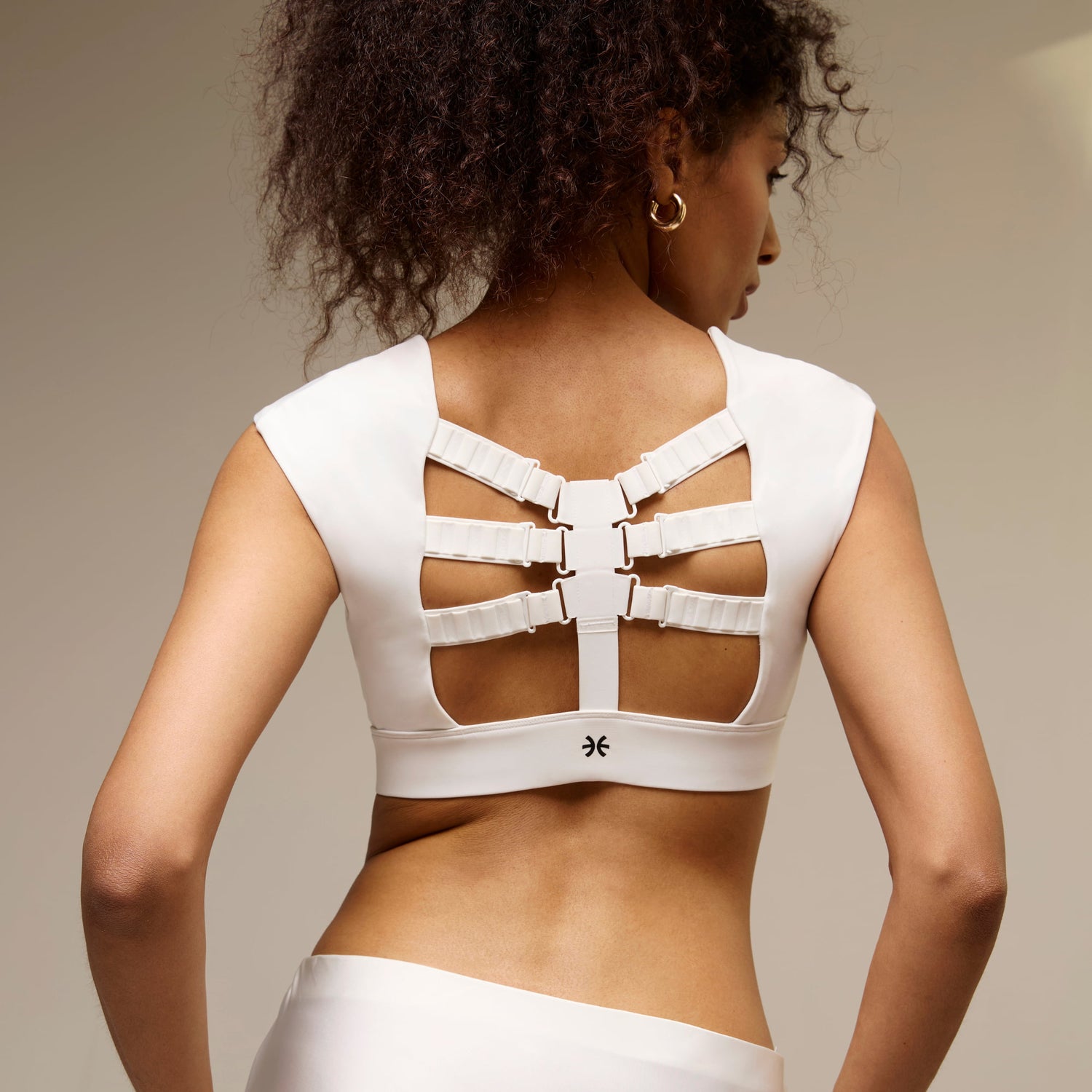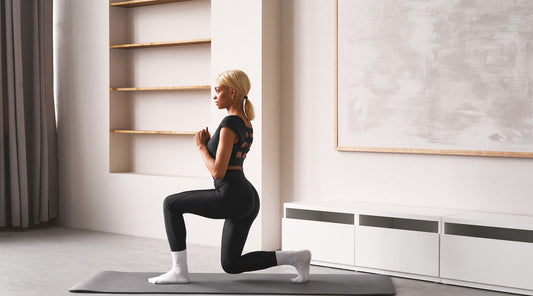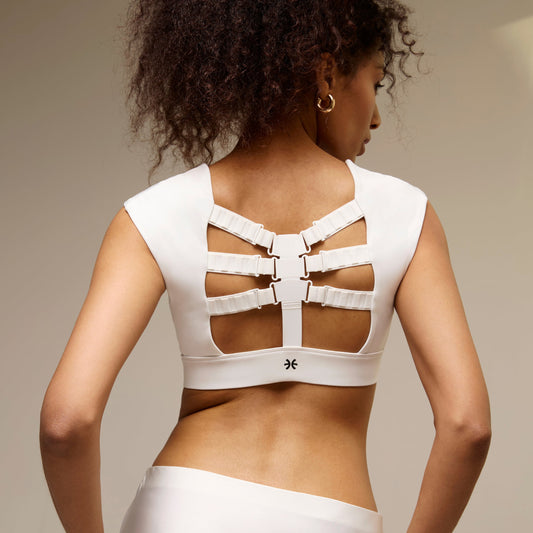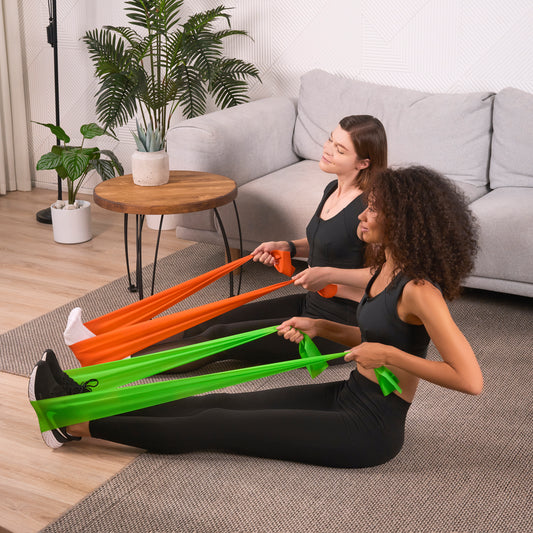For many of us, our work involves sitting in front of a computer for long hours. While this might seem like a harmless activity, it can lead to a range of health problems if we don't pay attention to our posture and work ergonomics. In this blog post, we'll discuss the importance of good posture and how you can improve your work ergonomics to stay comfortable and healthy at your desk job.
What is Posture?
Posture refers to the way we hold our body while sitting or standing. Good posture involves keeping your spine in a neutral position, your shoulders relaxed, and your feet firmly planted on the ground. When you have good posture, your body is in balance, which reduces the strain on your muscles and joints.
Why is Good Posture Important?
Having good posture is important for a variety of reasons. First, it helps prevent pain and injury. When you have poor posture, it can lead to strains and sprains in your muscles and joints. Over time, this can lead to chronic pain and even arthritis. Second, good posture improves your breathing and circulation. When you sit up straight, you allow your lungs to expand fully, which increases oxygen flow to your body. Additionally, good posture helps prevent fatigue and improves your energy levels.
What is Work Ergonomics?
Work ergonomics is the science of designing and arranging your workspace to fit your body's needs. This includes everything from the height of your desk and chair to the placement of your computer and other equipment. When you have good work ergonomics, you can work comfortably and efficiently without putting strain on your body.

Why is desk ergonomics so important for posture?
Good desk ergonomics are essential for maintaining good posture. Poor posture is a common problem that can lead to several health issues, including musculoskeletal disorders, headaches, and fatigue. Here are a few reasons why good desk ergonomics are important for posture:
- Proper alignment: Proper desk ergonomics ensure that your body is aligned in a way that promotes good posture. This includes aligning your ears, shoulders, and hips vertically and keeping your feet flat on the ground.
- Reducing stress: Good desk ergonomics help reduce stress on your muscles and joints, allowing you to maintain a neutral posture without straining your body.
- Reducing fatigue: Poor posture can lead to fatigue and discomfort, making it difficult to work for extended periods. Proper desk ergonomics can help reduce fatigue and allow you to work more comfortably.
- Improving breathing: Good posture can help improve your breathing, allowing you to take deeper breaths and increase oxygen flow to your muscles and brain.
How to Improve Your Posture and Work Ergonomics
Here are some tips to help you improve your posture and work ergonomics:
- Adjust your chair: Your chair should be adjustable in height, backrest angle, and armrests. Adjust the height of your chair so that your feet are flat on the floor and your knees are level with your hips. Your backrest should support your lower back and your armrests should allow your shoulders to relax.
- Position your computer: Your computer screen should be at eye level, and the keyboard and mouse should be within easy reach. If you need to look down at your screen, it can strain your neck and shoulders.
- Take breaks: It's important to take frequent breaks to stretch and move around. Try to take a break every hour or so to stand up, walk around, and stretch your muscles.
- Use a footrest: If your feet don't touch the ground, use a footrest to support your feet. This can help reduce the strain on your legs and lower back.
- Use proper lighting: Make sure your workspace is well-lit. If your lighting is too dim or too bright, it can strain your eyes and cause headaches.
Good posture and work ergonomics are essential for staying comfortable and healthy at your desk job. By adjusting your chair, positioning your computer, taking breaks, using a footrest, and using proper lighting, you can improve your posture and work ergonomics. Remember to listen to your body and make adjustments as needed. By taking care of your body, you'll be able to work more efficiently and avoid pain and injury in the long run.
FAQs
Why does posture matter when working at a desk?
What exactly is “work ergonomics”?
What are the biggest risks of poor desk ergonomics?
How should I sit to maintain good posture at my desk?
What’s the correct computer setup for good posture?
How often should I take breaks from sitting?
Besides ergonomics, what else can I do to support better posture?
Trending
Try Etalon posture improvement products









